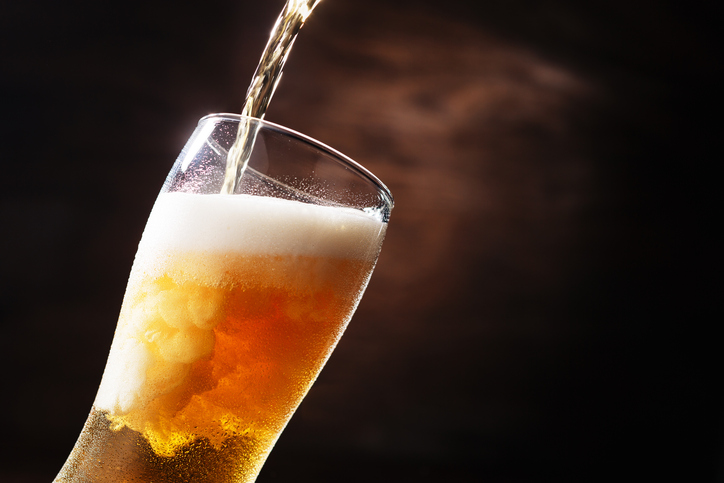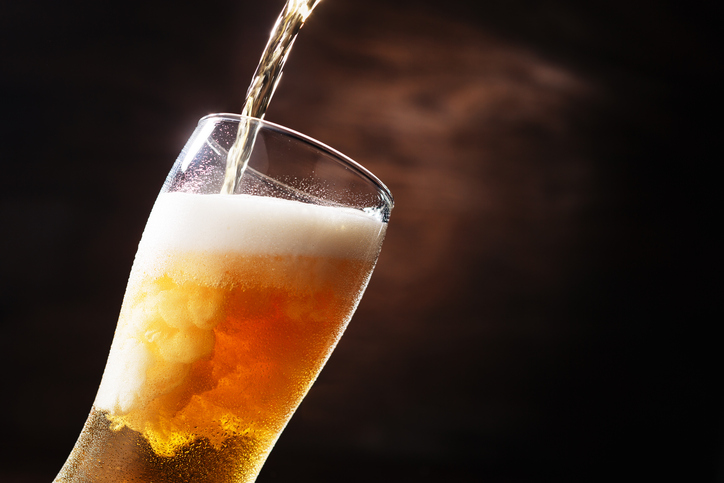Selling a lifestyle and a brand and customer loyalty…but it only seems to work with the beer itself.
Budweiser Black Crown
Tired and alarmed at how “microbrews” or “craft brews”—strongly flavored, potent, regionally-produced beers—were cutting into their sales, Budweiser introduced its own craft brew-like product in early 2013. Like those upstarts Budweiser Black Crown was high on flavor and had more alcohol content than a standard Budweiser. They also cost more—about $2 a bottle, about the same as a real craft beer. When faced with the option of real craft brews or Budweiser’s imitation craft brew for the same price, consumers skipped the Buds. In 2016, Black Crown was discontinued.
Bud Dry
Budweiser unveiled a massive publicity push in the early ‘90s for a product called Bud Dry. “Dry” beer was a style popular in Europe and parts of Asia, but it was virtually unknown in the U.S., and the many commercials for Bud Dry didn’t even attempt to explain what it was. How can a liquid be dry? In terms of wine and beer, it means simply “less sweet.” The ads didn’t say that. Instead, they curiously discouraged people from wondering what “dry” meant with the catchphrase, “Why ask why? Try Bud Dry.” Not enough people did it, and the product failed.
Bud Ice
If “dry” beer was confusing, then “ice” beer was downright perplexing. Frozen beer? Beer popsicles? Nope, the brewing process ice beer involves lowering the temperature of the brew until ice crystals form. Then the frozen water is removed, leaving a higher concentration of beer, with a slightly higher alcohol content. Several breweries released ice beers in the early ‘90s, and some of them are still around today. Bud Ice might be found today if you look hard enough.
Miller
Of the “big 3” American beer brands—Coors, Budweiser, and Miller—two out of three have long offered both a flagship brand and a “light” version: Coors and Coors Light, and Bud and Bud Light. Miller has sold several offshoots—Miller Lite, Miller Genuine Draft, and Miller High Life—but oddly it went decades without just plain “Miller.” So, in 1996 it launched Miller, “different from any existing premium beer.” They couldn’t break 1 percent market share and it was pulled off of shelves a year later.
Rocky Mountain Sparkling Water
Whenever natural disasters hit, mega breweries will often switch to bottling just plain purified water to ship to those in need. In 1990, Coors decided to release the “pure Rocky Mountain spring water” at the heart of its products to paying customers. Rocky Mountain Sparkling Water confused them, because it had a Coors logo on it, but it wasn’t beer. It lasted until 1992.









